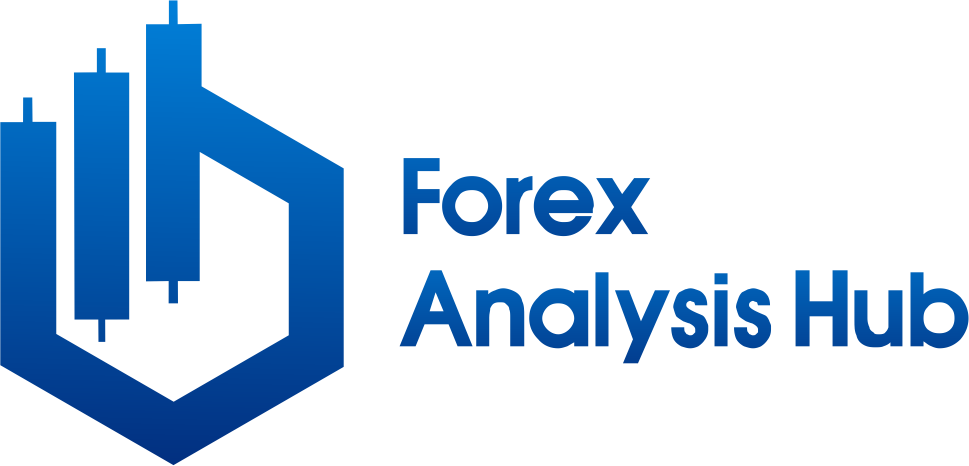GBP/USD dropped from its earlier high of 1.3320 against USD during Friday’s North American session. The currency pair faced some losses as the USD strengthened after the release of positive US Nonfarm Payrolls (NFP) data for April. The US Dollar Index (DXY), which tracks the USD’s value against six major currencies, rebounded from its daily low of 99.60.
According to the NFP report, employers added 177K new workers, surpassing the estimated 130K but falling short of March’s 185K reading, which was revised down from 228K. The Unemployment Rate remained steady at 4.2% as predicted. Although Average Hourly Earnings – a key measure of wage growth – increased by 3.8% year-on-year, it was slower than the expected 3.9%. On a monthly basis, the growth rate also slowed down to 0.2% compared to the projected 0.3%.
Despite the trade tensions and recent tariff policies of US President Donald Trump, the Federal Reserve (Fed) is unlikely to make any changes to its monetary policy as the US labor market continues to show stable hiring. Their main concern now is to control consumer inflation expectations, as evident from the ISM Manufacturing Prices Paid index released on Thursday, which showed that input costs are increasing at a faster pace. This could lead to higher consumer prices, limiting the Fed’s ability to implement monetary policy easing. On the other hand, if job growth shows signs of slowing down, the Fed would prioritize employment over inflation.
The next major event to impact the USD will be the Fed’s monetary policy decision on May 7. According to the CME FedWatch tool, traders are currently expecting the central bank to maintain interest rates between 4.25%-4.50%.
GBP/USD recovered from its weekly low of 1.3260 on Friday, after correcting in the previous three trading days from its three-year high of 1.3445. The overall outlook for the pair remains positive as all short-to-long Exponential Moving Averages (EMAs) are on an upward trend. The 14-day Relative Strength Index (RSI) is struggling to cross above 60.00, and any further bullish momentum will depend on the RSI breaching this level.
On the upside, the three-year high of 1.3445 will be a major obstacle for the pair. Looking down, the April 3 high of 1.3200 will serve as a significant support level.










